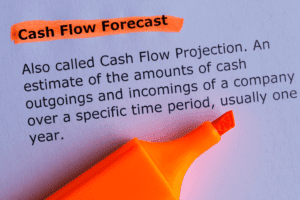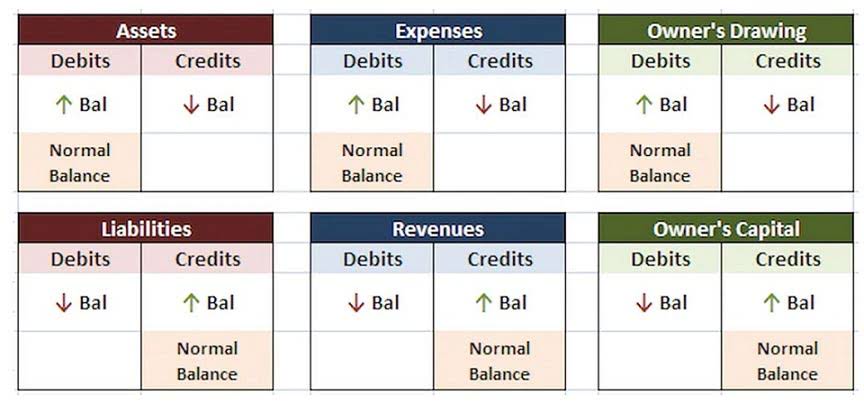Understanding Income Statements

The income statement has a separate section for both revenue and expenses, including sales, cost of goods sold, operating expenses, and net profit. Another key item on the income statement is operating expenses, which include things like selling, general, and administrative expenses. This figure provides insight into how much it costs the company to run its day-to-day operations.
When a company disposes of an investment, the difference between book value and sales value is treated as capital gain or a capital loss. A high interest coverage ratio indicates that a company can easily pay its interest expenses, while a low ratio suggests that a company may have difficulty meeting its obligations. Just looking at the percentages does not tell you whether the amount of dollars that made the 10% of the rent in January is actually lower or higher than the amount of dollars that makes the 15% of February. Assuming the operating expense is high in January and lower in February, then the 10% of the rent is actually higher in dollar value than the 15% in February.
Income statement accounts
Again, it’s important to break down expenses by category so that you can see where your money is going. The first section of a profit and loss statement is typically dedicated to income. This will include all of the revenue that your business has earned during the specified time period. It’s important to break down income by source so that you can see which areas are generating the most revenue. The EBITDA on an income statement is calculated by finding the difference between the gross profit and the selling, general and administrative expenses (SGA). The horizontal method of reading an income statement uses the dollar amount instead of percentages.
- A high operating profit margin indicates that a company is efficient and has good control over its costs.
- The income statement shows the company’s revenue, business expenses, and profitability for a particular reporting period, either annually or quarterly.
- Lenders and investors look at your profit margins to see how profitable your company is, and decide whether to give you money.
- You can get the income statements of companies, together with other financial statements from their websites, mostly in the INVESTORS pages or Menus.
- Your interest expense is what you spend to pay off your small business loans or lines of credit.
Financial analysis of an income statement can reveal that the costs of goods sold are falling, or that sales have been improving, while return on equity is rising. Income statements are also carefully reviewed when a business wants to cut spending or determine strategies for growth. This type of analysis makes it simple to compare financial statements across periods and industries, and between companies, because you can see relative proportions.
Statement of Retained Earnings vs Income Statement Differences and Similarities
Net sales are the amount that one brings in for the sold goods, while COGS is the amount that a business spends while manufacturing those goods. Under both US GAAP and the International Financial Reporting Standards, the income statement is presented as a separate statement. If the management has invested in shares or bonds, the interest and dividend received on this investment is indirect revenue. First, we will go through the types, formats, purpose, and parts of an income statement. The use of the income statement formula is simply to determine the net income, hence it can be referred to as the net income formula. To calculate a company’s asset turnover ratio, you simply divide its sales by its total assets.

You can also get income statements and other financial statements from most financial websites such as NASDAQ, WSJ, Yahoo Finance, etc. For example, the income statement examples shown in the pictures in this article were sourced from WSJ.com, NASDAQ, and Marketwatch.com. For a multi-step operating statement, the gross profit is first calculated which accounts are found on an income statement and then used to find the operating income; then the operating income is used to find the net income. Let’s see how to calculate the gross profit, operating income, and net income using the income statement formulas. The expenses that are deducted from gross income include things like the cost of goods sold, operating expenses, and taxes.
How is bad debt expense reported on the income statement?
A high net profit margin indicates that a company is efficient in generating profit and is able to cover all of its expenses. Earnings Before Taxes (EBT) or Income before taxes would be reported on the income statement as the income realized after deducting the expenses from the revenue. Depreciation on an income statement may not appear directly as an item but is added to the cost of goods sold or to the selling, general and admin expenses.
- Ultimately, horizontal analysis is used to identify trends over time—comparisons from Q1 to Q2, for example—instead of revealing how individual line items relate to others.
- Gains are the result of an optimistic event that results in an increase in the income of an organization.
- The first is gross profit, which is the total revenue minus the cost of goods sold.
- The Income Statement is one of a company’s core financial statements that shows their profit and loss over a period of time.
- A high P/E ratio means that investors are willing to pay more for a company’s shares, relative to its earnings.
The operating section includes sales, cost of goods sold, and all selling and admin expenses. The non-operating section includes other income or expenses like interest or insurance proceeds. These “buckets” may be further divided into individual line items, depending on a company’s policy and the granularity of its income statement. For example, revenue is often split out by product line or company division, while expenses may be broken down into procurement costs, wages, rent, and interest paid on debt. If you don’t have a background in finance or accounting, it might seem difficult to understand the complex concepts inherent in financial documents.